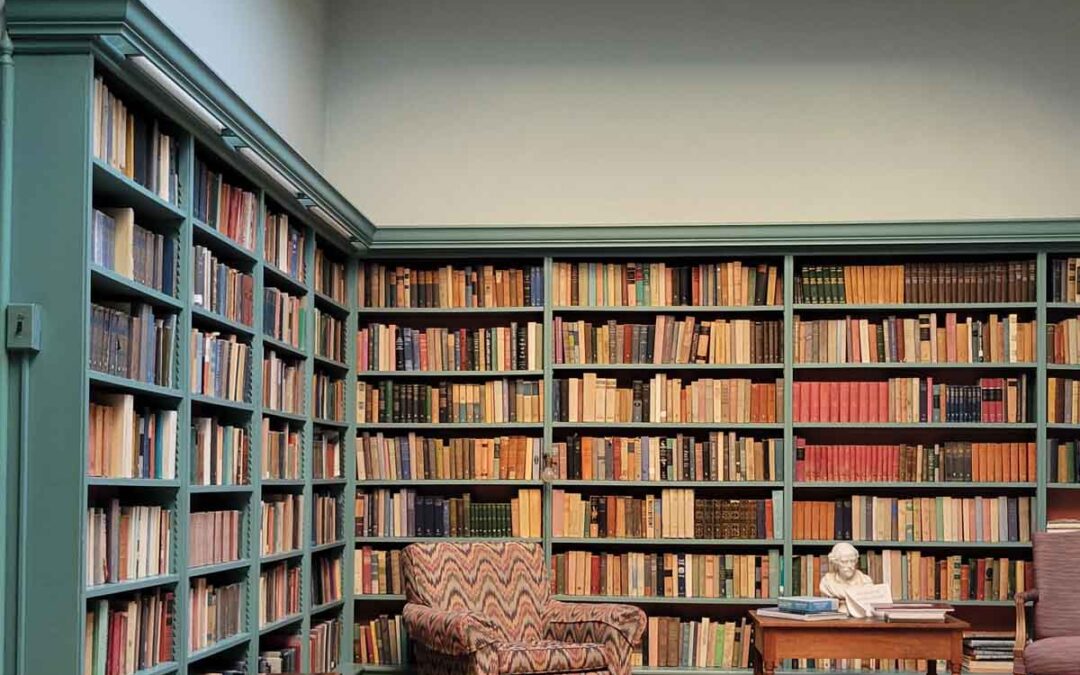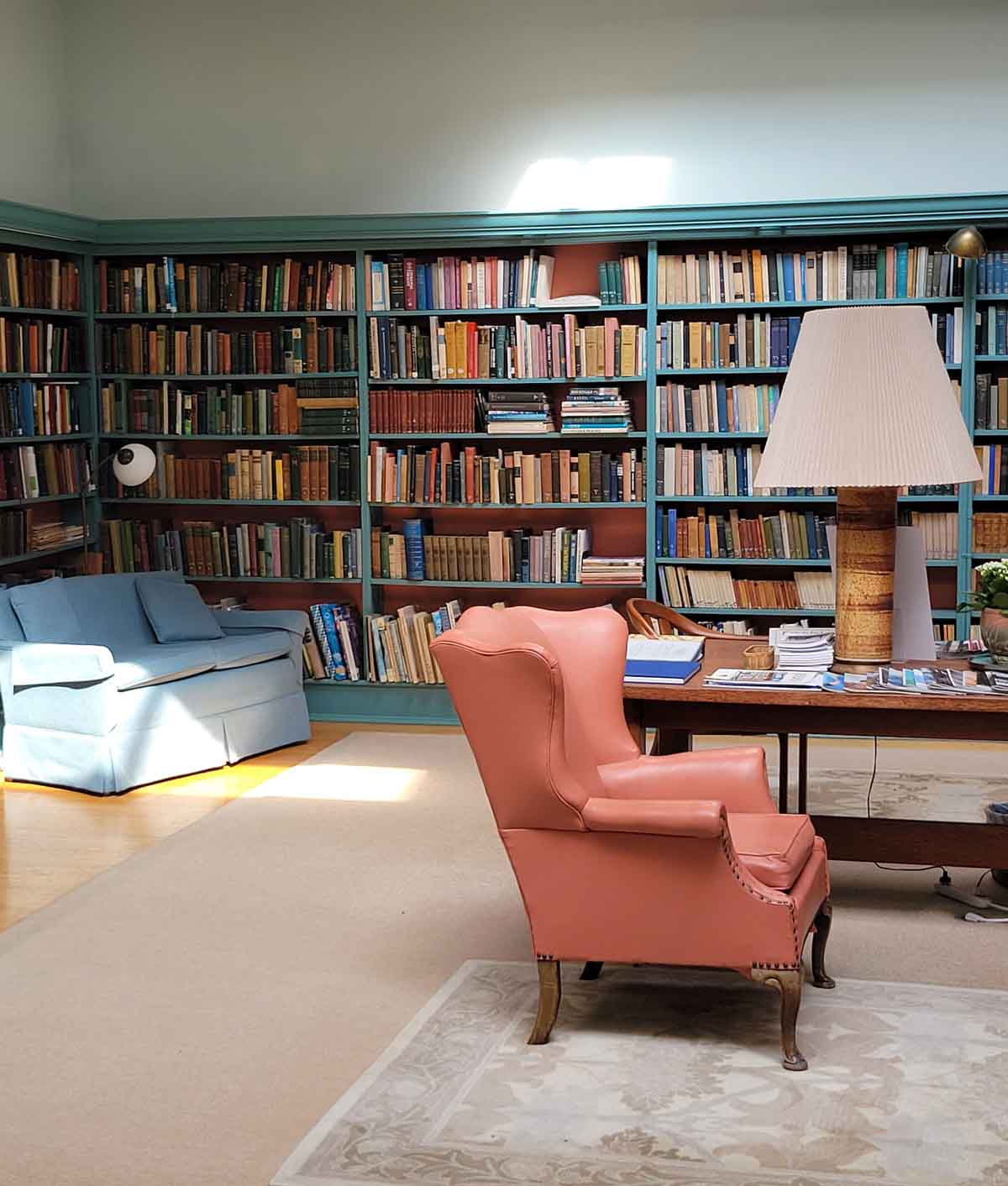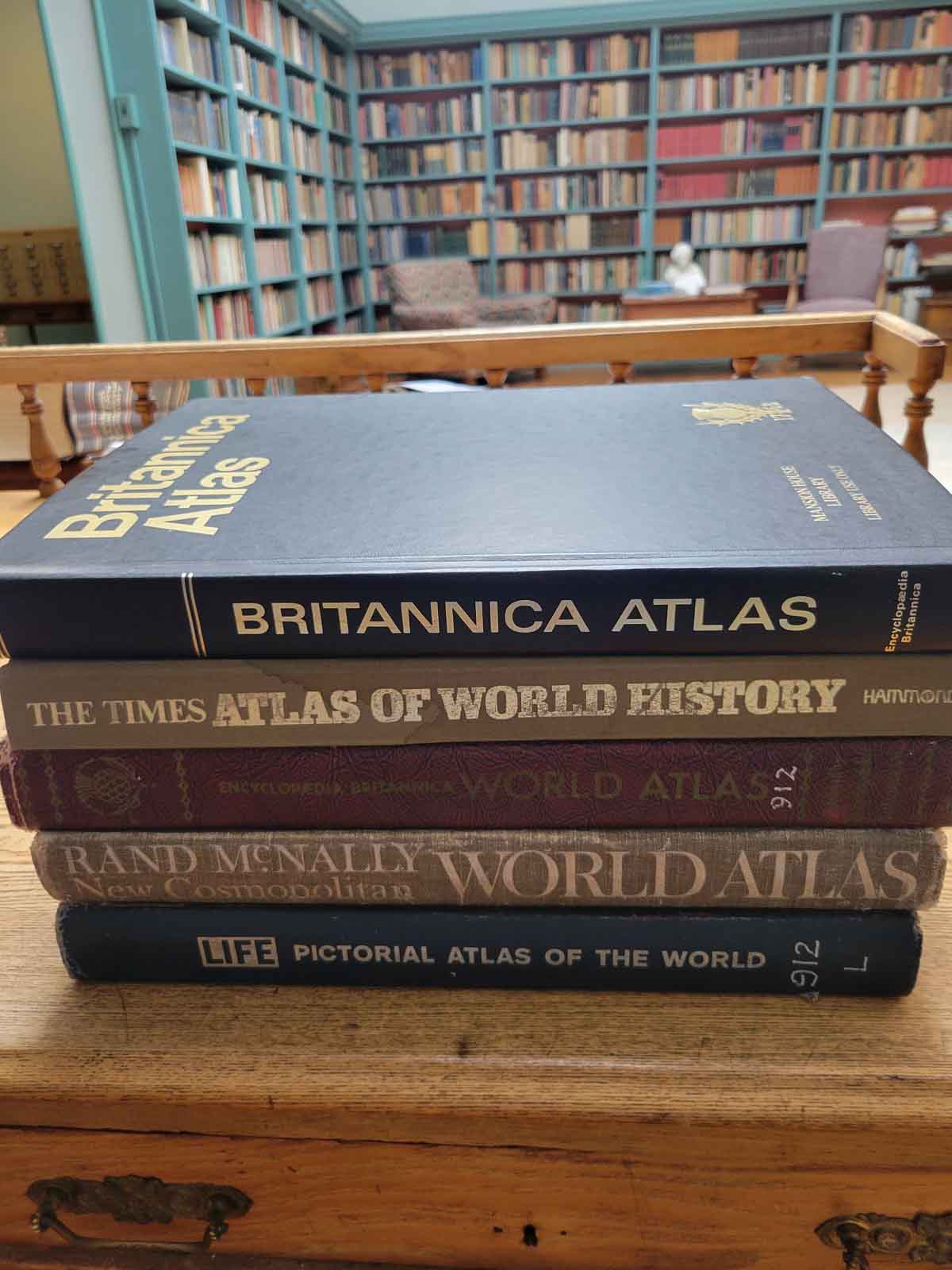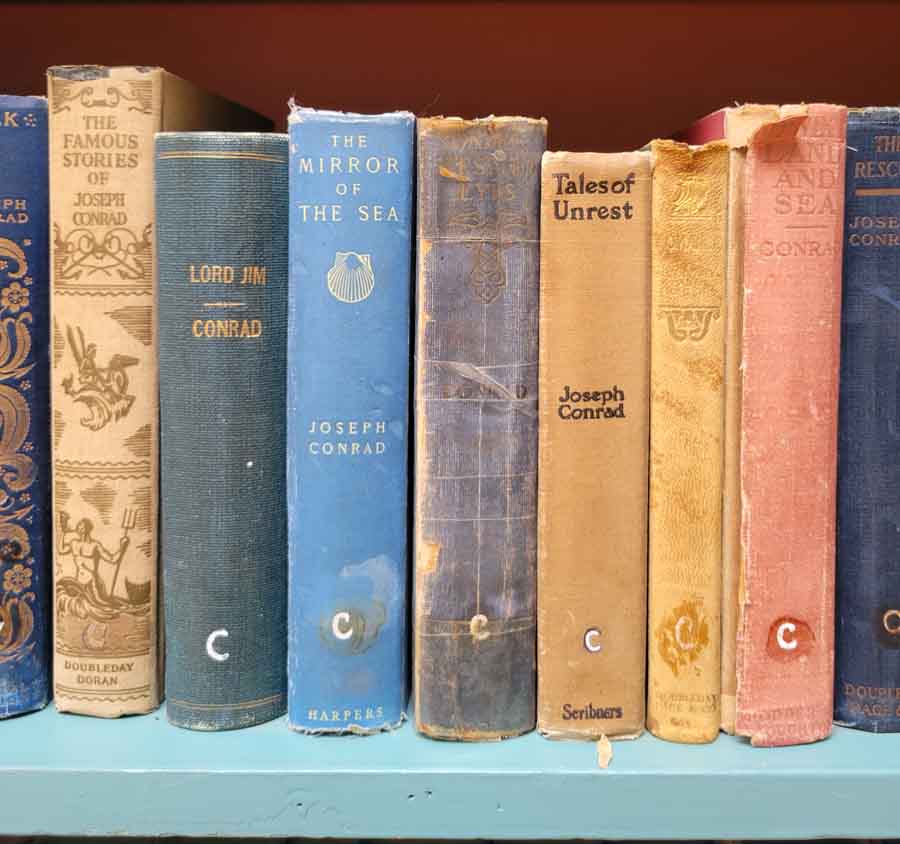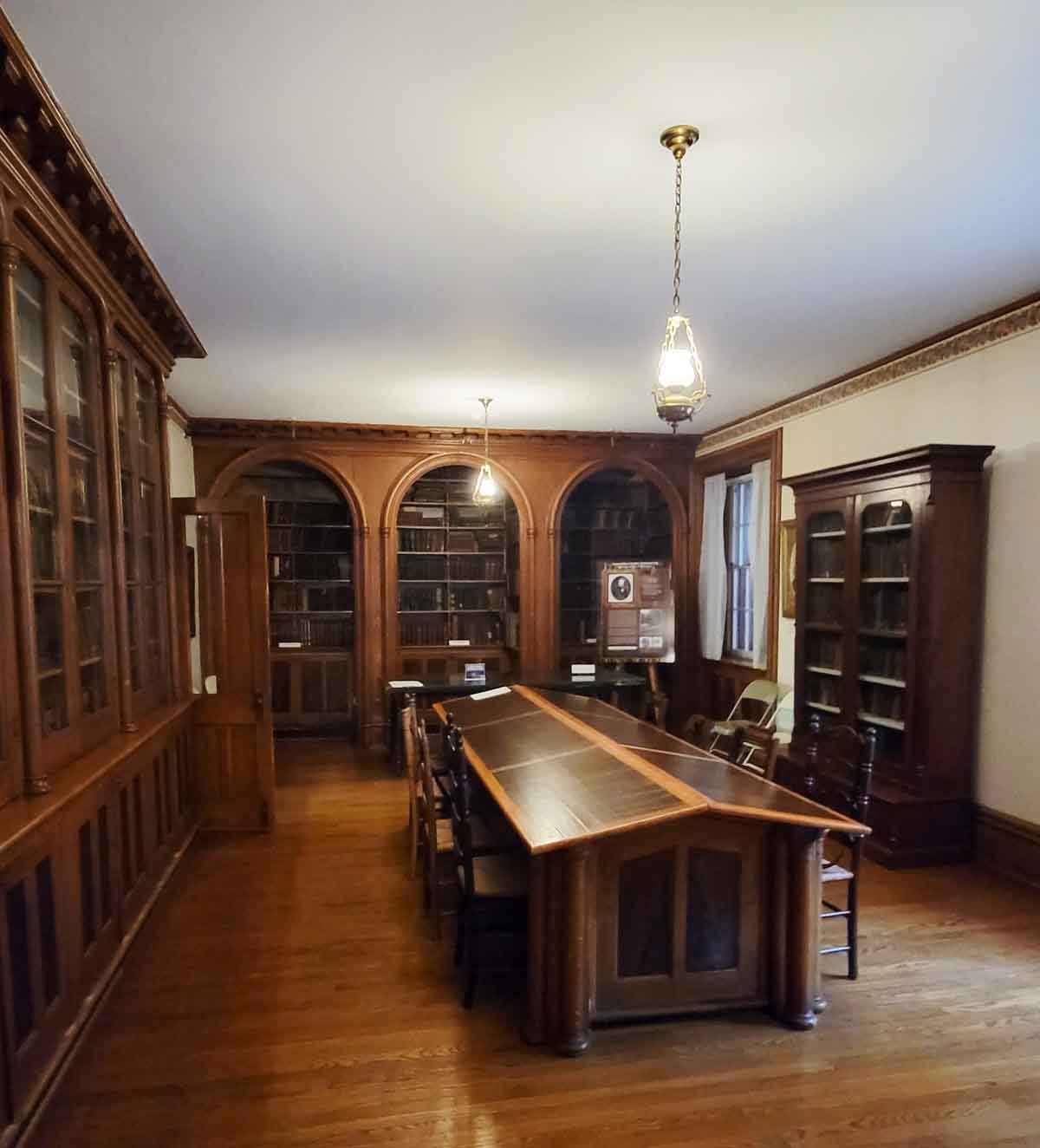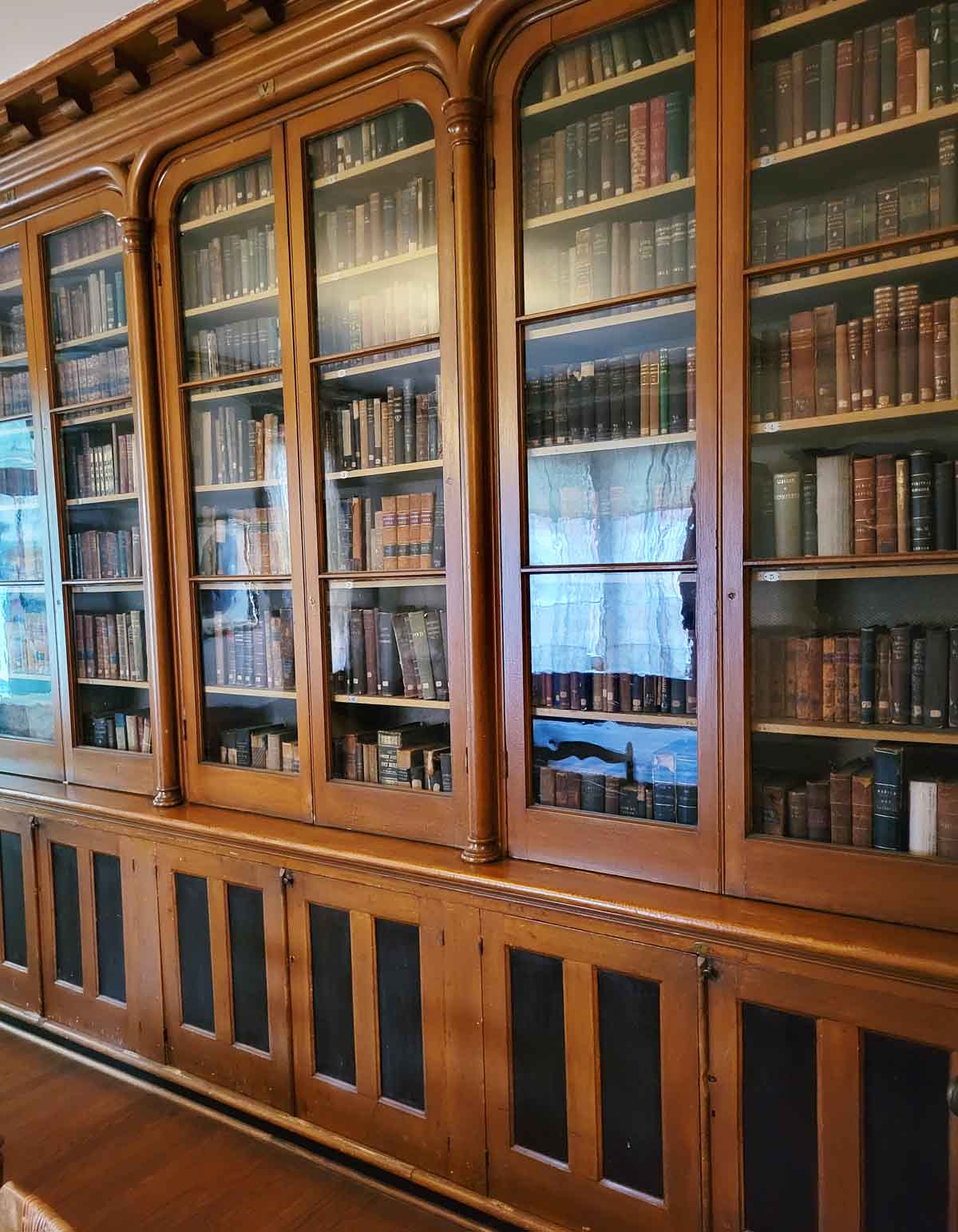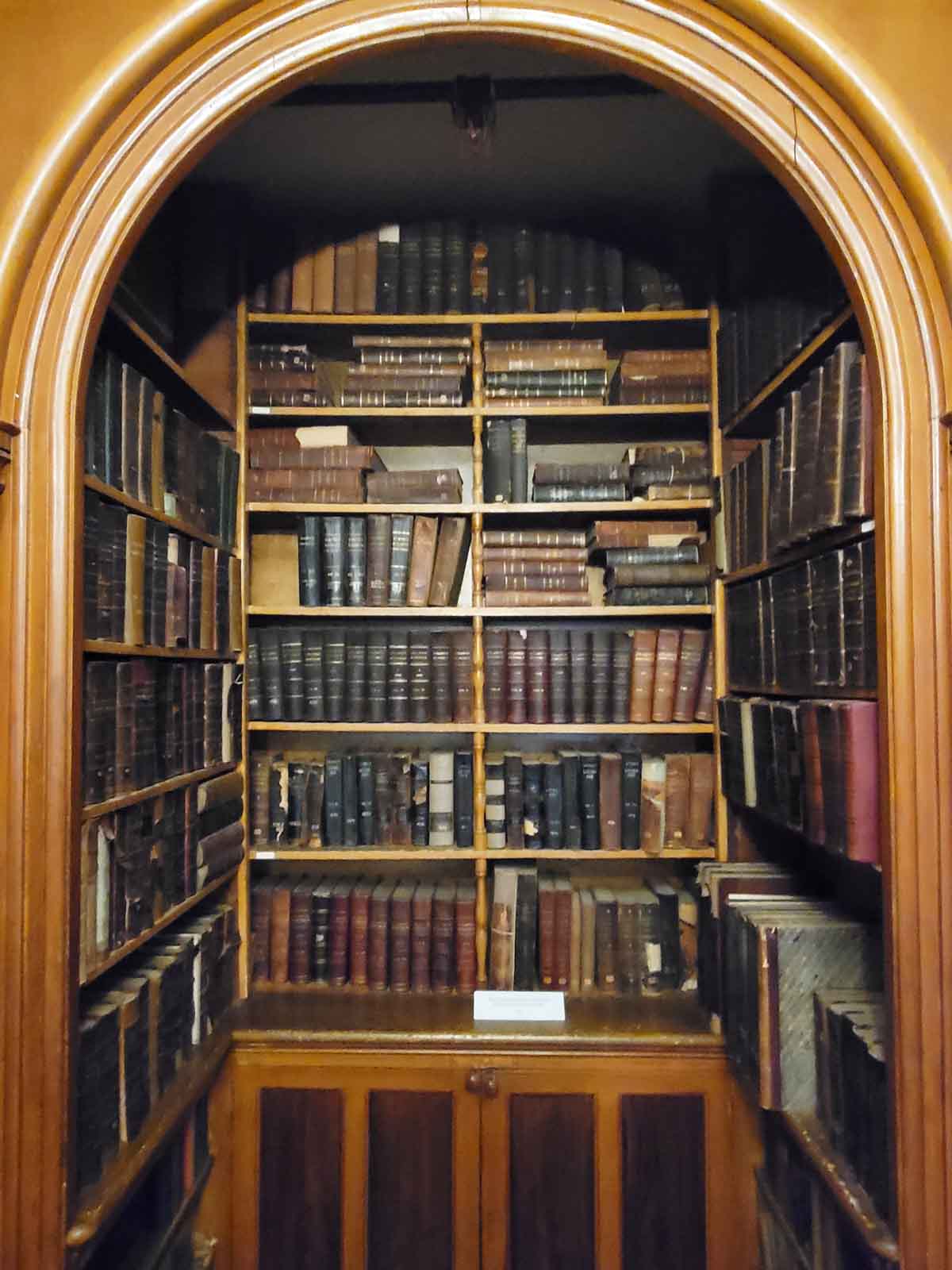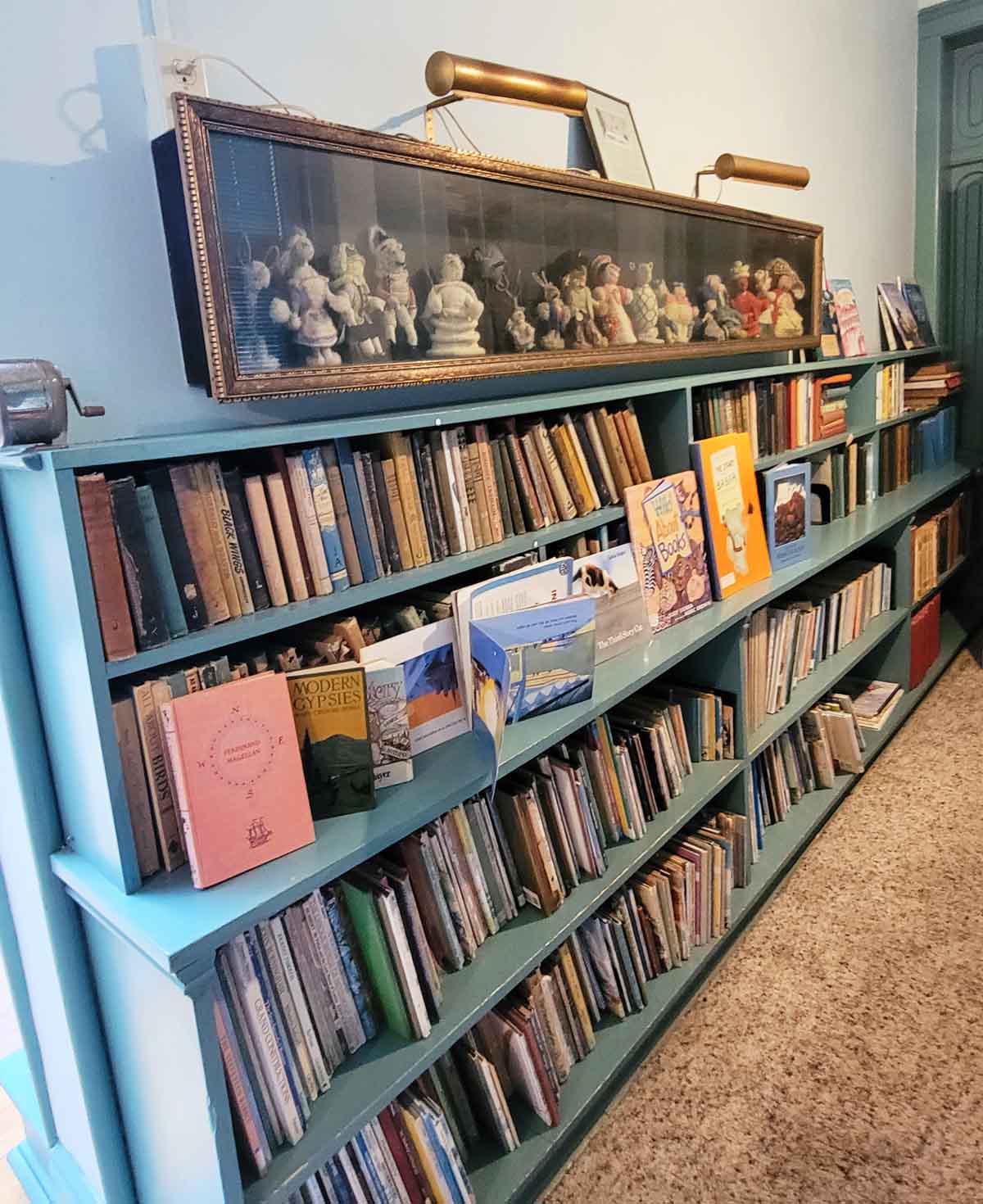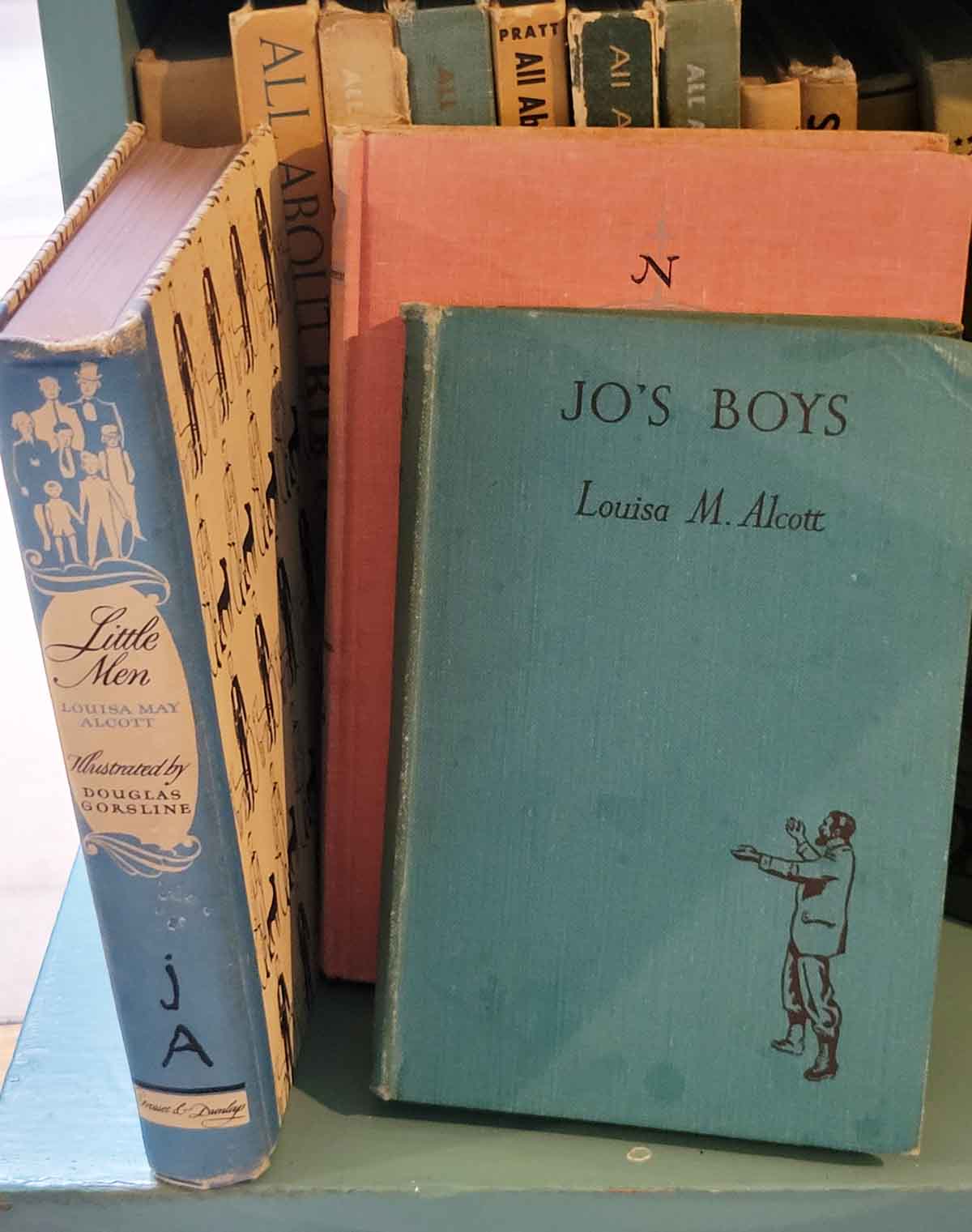If you are traveling to Oneida, NY, as I did last month, your choices for places to stay are fairly limited.
- The $$$$$ Turning Stone casino
- Chain hotels like the Hampton Inn
- A bed-and-breakfast situation at the Oneida Community Mansion House.
I chose option #3 because it was closest to the hospital nursing facility where my 95-year-old mother is now a full time resident.
That decision saved my sanity while keeping me on track to finish the WIP
The Oneida Story
Growing up 20 miles away in Rome, I knew that Oneida was the home of Oneida Limited, the silverware manufacturer. The company was famous for flatware, silver plated trays and tea services and of course the iconic Revere bowls.
In upstate New York, a gift of Oneida silver was the norm for every life milestone. Baptisms meant baby loving cups and rattles. Small Revere bowls made perfect hostess gifts. Sets of flatware, salt and pepper shakers, sugar and creamers, trays, and candy bowls were go-to wedding gifts.
I never knew that the manufacturer of these tableware essentials was the direct descendant of an 1800’s commune with usual sex practices.
The Oneida Community was a commune started in 1848 by Vermonter and disgraced Protestant pastor John Humphrey Noyes. He claimed to have achieved spiritual perfection and his followers called themselves Perfectionists. The commune rejected traditional marriage and roles for women. Committees were set up to keep things organized and encourage education for all ages.
What really set the commune apart, however, was that men and women were discouraged from pairing off at all. Adults lived separately in small rooms, while children lived in a separate children’s dormitory. A program of selective breeding was carried out for about 10 years which produced nearly 60 children. Noyes himself had 13 children by different women–a gallant effort to walk the talk.
Adults worked in the companies that supported the commune. They made traps for animals–at a time when wild animal pelts were in high demand–plus silk thread spun from imported raw silk, and flatware. The factories were so successful that the commune, which never numbered more than 300 people, became one of the biggest employers in the region.
But after 30 years, the locals had had enough of the commune’s scandalous practices. Noyes was run out of town. The commune couldn’t survive and eventually re-established itself as the joint-stock company Oneida Community Ltd.
The Mansion House
The nucleus of the commune was a sprawling Italianate house. Built in stages between 1861 and 1914, the Oneida Community Mansion House is now a National Historic Landmark. According to the brochure: “The 93,000 square foot, three-story brick structure houses a museum, 35 apartments, 9 guestrooms, a dining room, and a 300-seat theatre called the Big Hall.”
The place is so big it has its own mini post office inside a lounge the size of a football field.
My guest room had 20-foot ceilings, a Stickley king-sized bed, a leather wing back chair, original windows, and a huge modern en suite bathroom. I could explore the the museum and exhibits on my own, plus I enjoyed a free guided tour where I got the inside scoop on founder Noyes.
But what drew me every evening after stressful afternoons spent in the hospital’s extended care facility with my mother, who in 10 days only recognized me once, was the library.
A private oasis of books
The library at the Mansion House is full of treasures. The main room is lined with shelves painted pale blue and stocked with rare first editions, collections of authors from the turn of the last century, and even a few more modern volumes. A desk or two, comfortably worn upholstered seating, newspapers and magazines invite you to both sit and explore.
Every evening, two huge lamps on the central library table were turned on, their soft glow replacing the bright light from huge skylights that keeps the space full of natural light during the daytime.
I spent all my free time there, coming across incredibly rare first editions of memoirs of polar explorers and Russian novelists, as well as books on music theory, poetry and art, just to name a few. This was a library for serious thinkers, a collection designed to inform and educate rather than to entertain.
A corridor runs behind this large central library room which is lined with more blue shelves holding children’s books, including first editions of books by Louisa May Alcott and her contemporaries.
Beyond that is another library that reminded me of the Long Room at Trinity College in Dublin. This was more like a museum than a working library. Stunning wooden bookcases kept some books behind glass, while others were in large, deep niches. The commune’s original study table with a double slanted top for easy reading dominated the center of the room.
The gallery
As I said, I spent my free time in the library. In that quiet place, surrounded by rare books, I churned out about 20,000 worth of words, all longhand, seated in a corner next to stacks of atlases.
If you ever have the chance to go to the Oneida Community Mansion House, take it. Take the time to sit in the library and accept its gifts.
The main reading room has huge skylights and blue shelves.
The blue shelves wrap around all 4 walls of the main reading room and are filled with books collected by the Perfectionists.
As a National Historic Landmark, the library’s collection continues to grow and there is a full-time librarian.
This series of Tolstoy novels features Cyrillic lettering but was published in the US.
More first editions–The collected works of Joseph Conrad.
The study room features bound periodicals from the late 1800’s and early 1900’s, plus rare books and the original table used for adult education by the Perfectionists.
Rare books reside behind glass. There’s a partial numbering system at the top of some shelves, but no one knew what the Roman numerals represent.
Deep niches are full of bound periodicals and reference books.
The children’s section is full of treasures.
First editions by Louisa May Alcott including Jo’s Boys, the sequel to Little Men, which is the sequel to Little Women.

